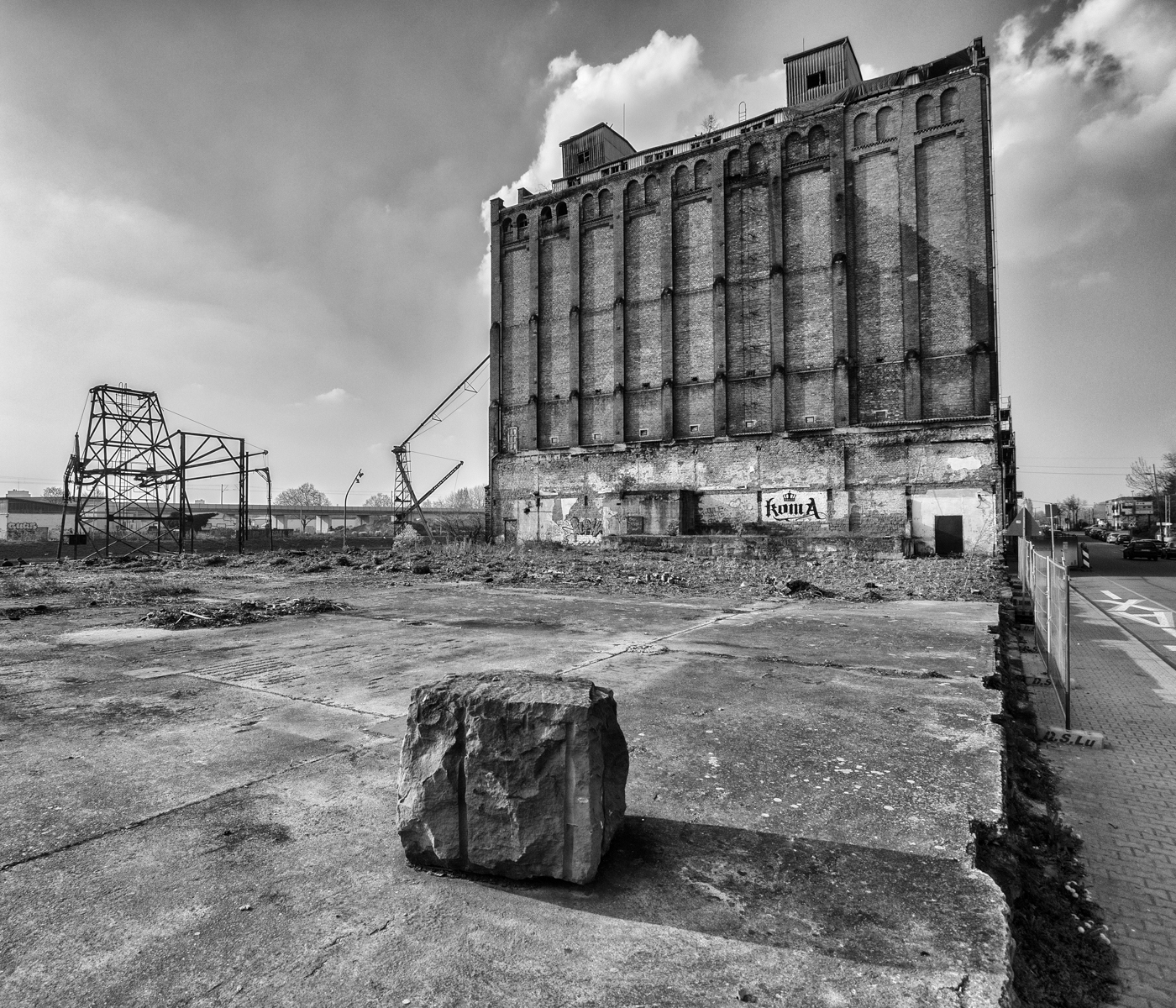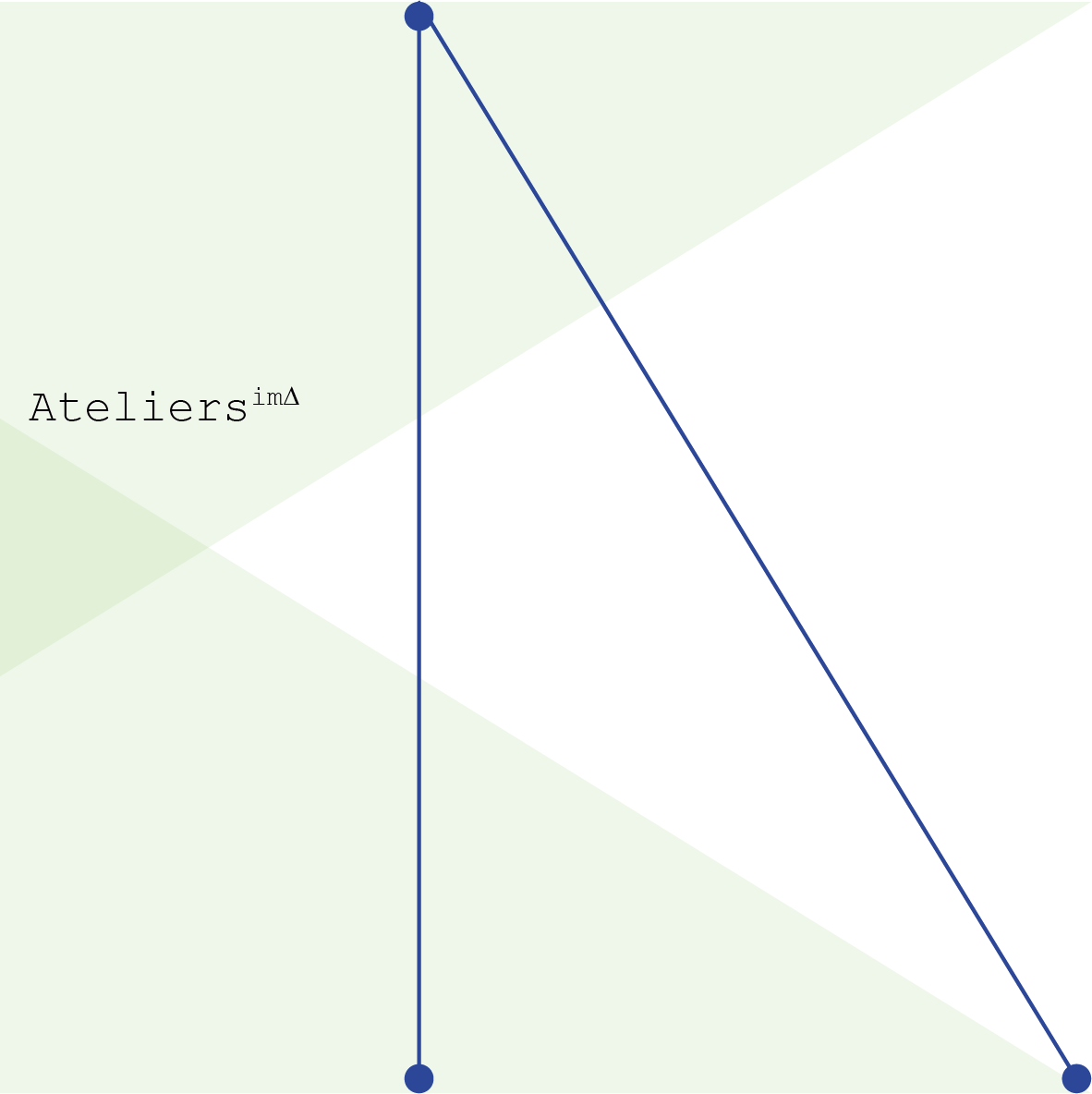My Life as an Artist
When people ask me what I would have liked to become most, I answer: an engineer—not out of vocation, but out of principle.
Because my motivation is constant development.
I think like an architect, research like a scientist, create models like a mathematician, ask questions like a philosopher, and network like a cyberneticist.
I am only interested in boundaries in order to cross them.
For me, freedom means not asking what others think – but doing what I think.
Perhaps that is precisely the role of the artist in me.

Image from: Ralf Moser | Mannheim im Quadrat |
Modell und Implementierung | 2010 |
Biographical
I was born in Mannheim in 1960, grew up there, and also studied in my hometown: cybernetics, business informatics, and the philosophy of science—a branch of modern philosophy. I have been developing software since 1988, first at SAP GmbH and later at SAP AG. My job title dates back to the 1980s: systems analyst.Today, I have been working as an architect for many years – not in the technical sense, but in a figurative sense: as a designer of architectures and ideas, constructions and their technical contexts, as well as their implementation in the real world.
All my life, I have been fascinated by philosophy, science, cybernetics, technology, art, architecture, and various other unsolved problems, without knowing why. My passion for solving problems made me clearly realize that all the different approaches I encountered in my life were based on different assumptions that ultimately gave rise to strong beliefs, ideals, and dogmas. Ultimately, this process can prevent those who believe in these assumptions from learning.
It took me many years to understand why I am drawn to these issues: I don’t want to prevent myself from learning. I don’t want to deceive myself, as other philosophers, scientists, artists, engineers, architects, and others do because they believe they know. I want to see all my assumptions in the clear light of alternatives. So I have developed my own world view and my own philosophy, which is based in particular on assumptions and techniques as to how models and plans can become true and real, just as the architecture of buildings can be planned and built in building plans. Since such models and plans can represent the architecture of any life, just as building plans can represent the architecture of any building, they contain less dogma than any other philosophy. With such a life plan, one returns to the philosophy of one’s choice by adding the dogmas of the chosen philosophy. However, one can also find one’s own philosophy and one’s own reason by setting up the problem of one’s life in the self-chosen architecture itself.
I have always been an artist at heart – but also a creative architect, designer, and engineer who strives for better scientific and design principles. When it became clear in 2009 that my daughter Hannah would study art, we founded the Ateliers im Delta together. Since then, we have been intensively engaged in photography, media art, meta art, metameta art, and metalogs. What once began as a joint project has long since become a central part of my life. For me, engaging with art is more than a hobby: I regularly invest my vacation time and around 20% of my working hours in artistic projects – more time than many full-time artists can devote to freelance work. Art has thus become one of my professions. Since 2020, I have been devoting all my working hours to the Ateliers im Delta – my heart beats for art.
Magical Spaces
Since 2014, the Ateliers im Delta have had their own studio—a place for photography, work, and exhibitions. My motivation to realize art projects stems from a deep fascination with the magical realism in Haruki Murakami’s books. His protagonists enter another world through reading or engaging with art—a magical world of ideas, far removed from monotonous everyday life. With my photographs, I create such spaces for myself: places where my thoughts can unfold freely. In exhibitions, the images form the backdrop for the magical inner life of the viewer’s world of ideas – a silent interplay between work and perception, between reality and possibility.
Thought Spaces and Problem Landscapes
I have learned to better understand the silent interplay between work and perception, between reality and possibility, through a technique: the solution-neutral formulation of problems. This creative approach from the field of engineering helps me to avoid rushing to locate problems in the solution space, but rather to first consider them in an open, solution-neutral problem space.
The aim is to become aware of all the criteria that can be used to compare possible solutions—and to examine their relevance to one’s own life. It is not a method in the traditional sense, because each person formulates different criteria, weighs them differently, and arrives at an individual architecture for their life.
For me, this technique is a way to free myself from ideals, methods, and dogmas—and instead open up spaces for thoughts that unfold in art as well as in life.
Solution Neutrality as a Creative Key
The comparison criteria we choose to evaluate possible solutions represent our own, consciously chosen reasoning. They guide the solution process—and can be adapted to new insights at any time. For me, the creative key to finding solutions lies in how solution-neutral we model problems.
Instead of jumping to conclusions in a solution space, I start in a solution-neutral problem space: an open field of thought in which all relevant criteria are collected and examined for their significance in one’s own life. This technique is not a method—because each person formulates different criteria, weighs them individually, and arrives at their own architecture of life.
Those who are able to recognize every assumption that influences decisions can understand the structure of their problem—and thus also design their own solution architecture. This way of thinking not only helps with complex decisions, but also provides a deeper understanding of how postmodern philosophers idealize information and contexts.
Carpe Diem et Noctem – Paperwork for Life Crises
In the process of learning, we can make progress—and in doing so, recognize the idealizations, assumptions, and dogmas that have repeatedly maneuvered us into crises. The technique of solution-neutral thinking helps to break these patterns. For me, it is the only way to find happiness in reality. Because happiness is an intimate, personal matter – ideals and methods, on the other hand, are often determined by others and far less individual.
These considerations led to the creation of the art project Carpe Diem et Noctem – Zettelwirtschaft für Lebenskrisen (Carpe Diem et Noctem – Paperwork for Life Crises), which I developed together with my daughter Hannah. As meta-art, our art examines how idealizations, influences, and normative contexts in communities restrict personal freedom of choice—and this in precisely those areas that should actually be individually configurable in democracies: art, culture, science, and faith.
Our project uses a self-selected system to organize the most important areas of decision-making in which we are exposed to such influences. Our meditative art asks central questions without exerting any normative influence on the answers. For example:
- Who do I want to be?
- How do I want to deal with love, lust, and passion in partnerships, friendships, and romantic relationships?
- How do I frame the problem of my art?
Our art makes it possible to transform theories into personal lessons—and to push back the “we” and the influences in theories in favor of the “I” and its freedom of choice.
